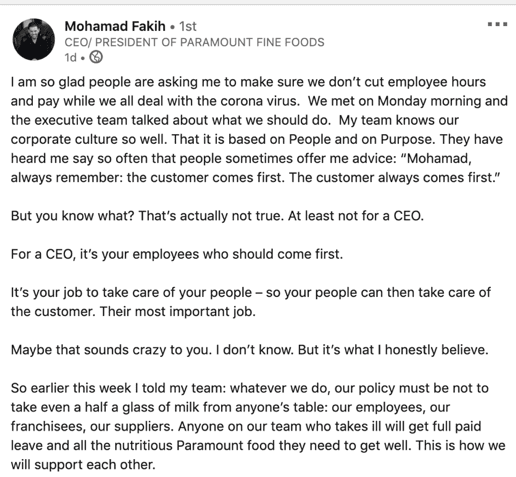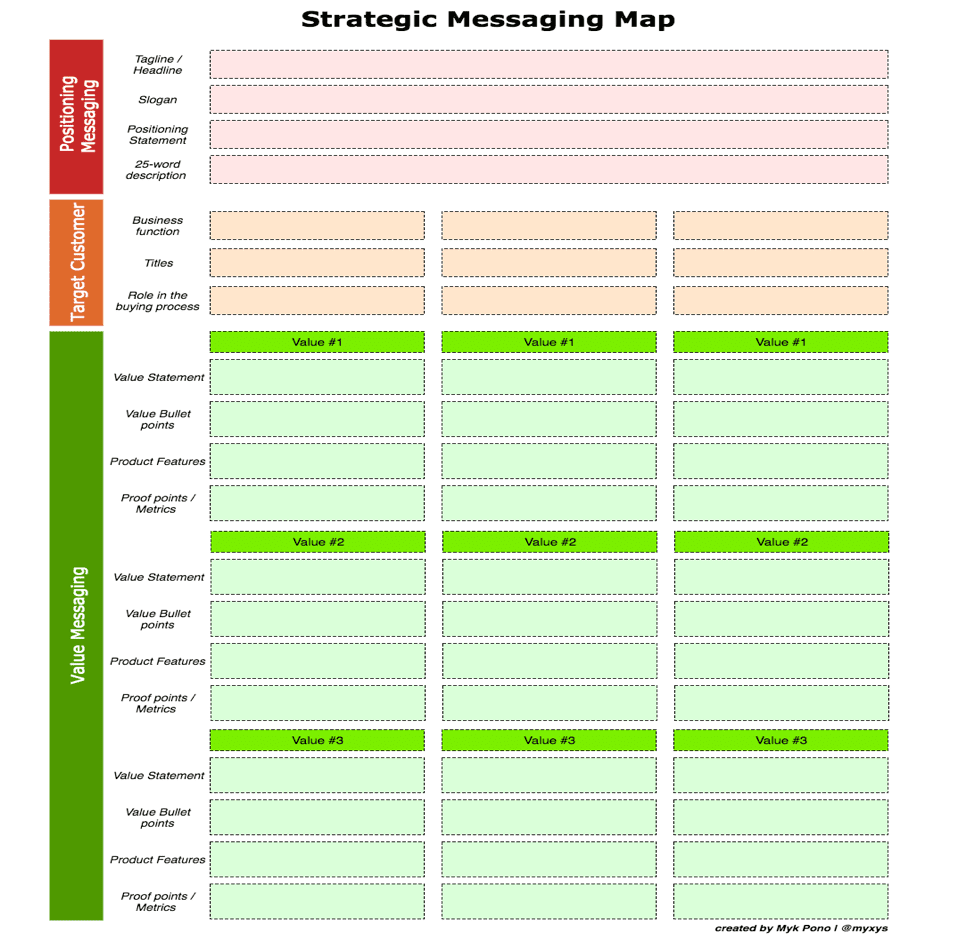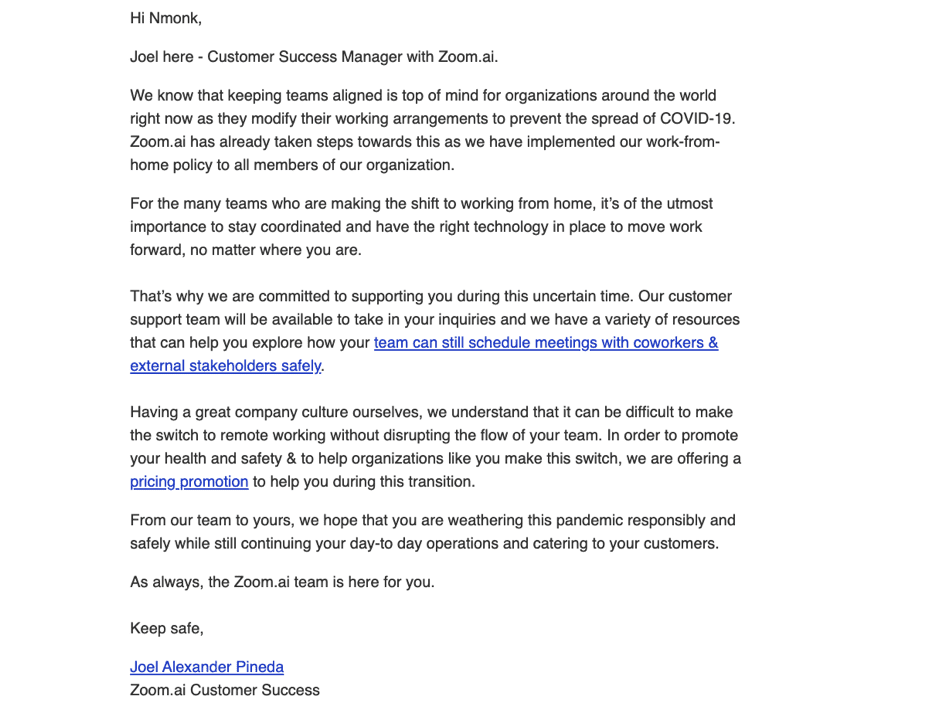Communicating to and guiding customers during COVID-19
In our first article, “Growth flywheel: Building growth engines at MaRS,” published before the spread of COVID-19, we discussed the importance of spinning your company’s growth flywheel with your customer at the centre.
To spin the flywheel, you start by applying “forces” — first, “attract” (marketing); next, “engage” (sales); and last, “delight” (customer success). The speed at which you spin the wheel depends on how much force is applied: how heavy it is and how much friction is slowing it down.
Once these three forces are applied in unison, the flywheel begins to pick up momentum.
Everything changes with COVID-19
With the discovery and spread of COVID-19 and the ensuing pandemic, how your business spins the flywheel could mean the difference between surviving and going under. That’s why we are asking you to start spinning your growth flywheel in the opposite direction, focusing primarily on the “delight” force to support, care for and guide your customers during this confusing time.
3 steps for communicating to and guiding customers during COVID-19
Step 1: Ask customers to understand and align with your company’s brand.
But first, ask yourself, “What do we want to be known for during this period?” Before typing or speaking a word of marketing or sales messaging to customers, clearly think about your response to their concerns and questions, and how you can help them navigate this time.
Here’s a great quote from Apple’s CEO, Tim Cook: “This is the time to truly act on your company’s values, purpose and mission to deliver on customer needs, and align to your brand. Your customers will want to know what you stand for as a company and how your company is a good corporate citizen during the pandemic.”
A good formula to keep in mind when doing this is:
(purpose + values) x behaviour + communications = reputation
To align the brand, revisit your company’s brand principles and the 10 rules of branding, then revise your brand commitment by answering the following questions.
Identity = Who are our customers in the face of COVID-19?
Aims = What do they want from us during this period?
Mores = How do they behave as a community during this time?
Once the principles and rules of branding have been revisited to build your brand commitment, then move to Step 2.
Here’s an example of a people and purpose statement, from Mohamad Fakih, CEO of Paramount Fine Foods. In this post, Fakih clearly outlines what customers expect of the company and how Paramount Fine Foods is responding during this crisis.


Step 2: Build your customer-facing Strategic Messaging Map, aligning it with your brand commitment.
Now you can start crafting the brand messaging that will end up in your channel activities. This includes press releases, social messaging, content, and any communication activities featuring chatbots, live chat and more that your sales and customer-success teams use.


Below is a minimal viable product (MVP, also called a quick-value framework) to follow as you test and complete your more-detailed framework. Remember that the strategic messaging and positioning (SMP) will change based on which customer persona you are targeting in your delight force.
- WHAT: Without using a slogan, tag line, positioning statement, about description, etc., write just one sentence that speaks from your customers’ point of view about why your product or service matters.
- WHO: If you’re B2B, target job titles here; if you’re B2C, focus on a specific segment.
- HOW: Craft three key-value statements that answer the questions “What does your product or service do?” and “What are its key advantages?”
Once your MVP is complete, it’s time to move on to Step 3.
Step 3: Determine channel distribution and conduct testing — without selling or pitching.
Once your messaging has been developed, and your marketing, sales and customer-success teams are armed, it’s time to get the message out. Read the MaRS “Growth Marketing Playbook” to learn how to select and test various channels.
Existing customers can be reached via current sales and customer-success channels.
We really like this example from Zoom.ai’s customer-success team.


Next, consider issuing a press release or corporate announcement on the wire, or via your direct or community channels and the media lists you’ve already gathered. For smart ways to organize and write a press release, this article from Forbes is a handy guide.
It is paramount to be completely transparent and on the customer’s side during this period. Here are some tips to keep in mind as you’re building your corporate communications and press releases.
- Focus on transparency: Be honest about how your company is responding, and about your principles and values.
- Focus on the relationship: This means empathetically caring for customers and pointing to resources where they can get help.
- Focus on being factual: Make sure that you are connecting customers to accurate factual resources to help support them through COVID-19.
These three steps should help you mitigate the effects of this pandemic on your business in the immediate future. We’ll be continuing our series as this event unfolds. Please keep checking back for ongoing communications and links to useful resources.


